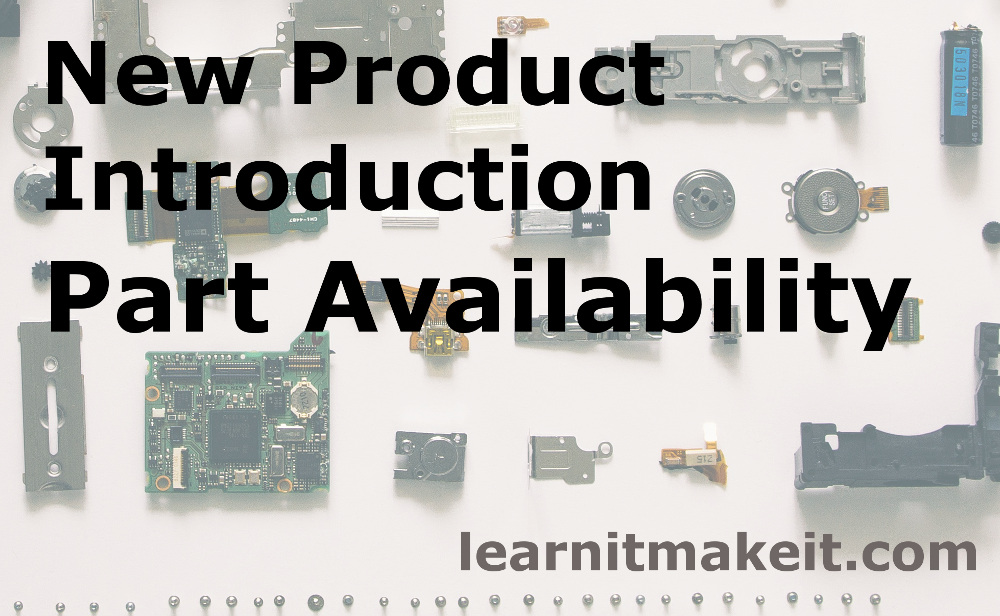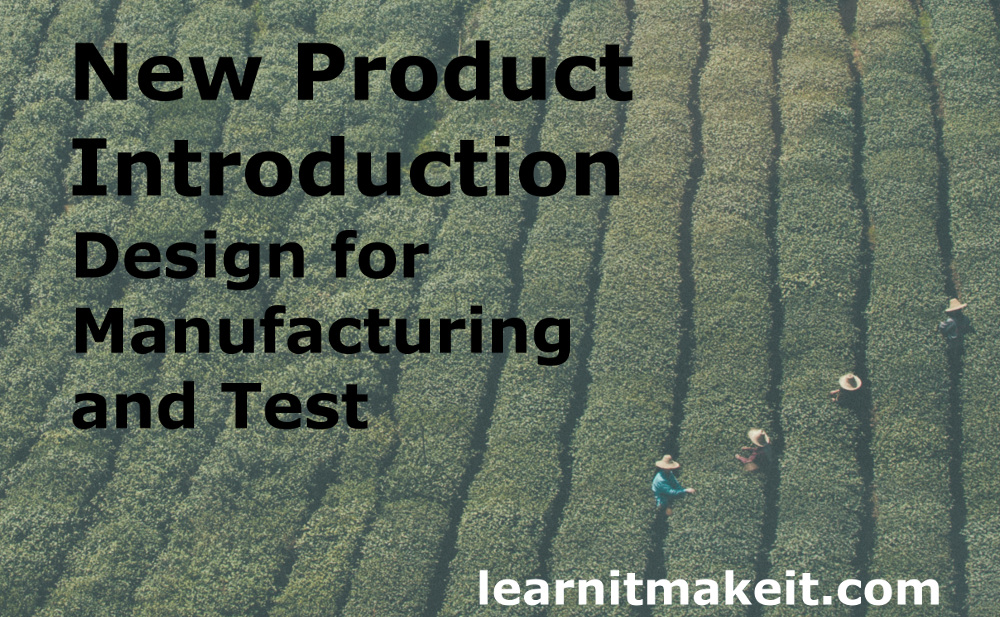NPI in Seven Steps – Part Availability
This is part two of our look at New Product Introduction (NPI) where we will look at part availability. If you missed the first articles, get caught up here. In this section, we dive into Part Availability, alternative parts, and lead times. Products need parts. Otherwise, they would just be ideas. But they can’t be just any parts. You’ve carefully engineered the exact parts into the product to make it spectacular. But what happens if those parts don’t exist at production scale, or are so expensive they would double the product cost? You’ve picked the parts that solve the solution. In this section of the NPI process, your manufacturer finds parts that can make the product. Part Availability Analysis It’s important to both your team and the manufacturer to ensure that the product will be able to be built at a very specific cost. To achieve this, they will look over your Bill of Materials and assess each part for its availability and if any is nearing end-of-life. Parts that are hard to find or difficult to …









